The Jaguar E-Type Series 1 Sports Car
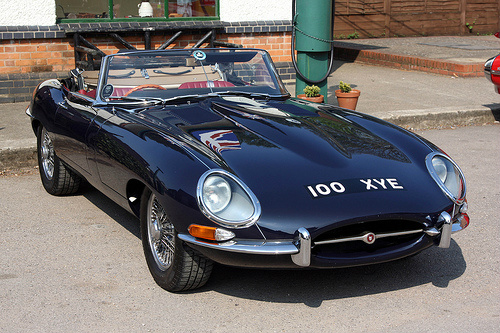
Jaguar E-Type Series 1 Image
from Classic to Modern
E-Type On The Track
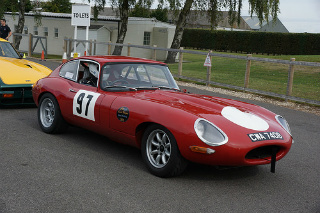
1964 Jaguar E-Type Coupé Lined up in front of a TVR and ready to go in the Brighton & Hove Club's 2015 Eagle Sprint at Goodwood
E-Type Series 1
The E-Type sports car. Development work on the E-Type commenced in December 1956, in order to produce a road going Jaguar that would replace the XK150.
Consequently, the first prototype was completed in May 1957, and was designated the E-Type 1 Aluminium, or EA1.
It was based on the D-Type, and featured a monocoque construction with independent rear suspension.
EA1 was powered by a 2.4 litre, XK engine which developed 120 bhp, as used in the Jaguar Mark 1 saloon, launched in 1955.
This prototype gradually developed throughout 1958 when, in 1960, the company presented to the public the E2A Jaguar sports car which was expected to compete in the 1960 Le Mans.
Like the E1A, it was built with an aluminium body on a steel chassis, but it was powered by a 3 litre, XK engine with Lucas fuel injection.
Interestingly, E2A eventually passed into private hands when, in 2008, it was sold at auction for $4.96 million.
Following further development work on the E2A, the first production E-Type, designated the Series 1, was launched in March 1961, bound solely for export, with the UK launch four months later.
It was launched as a two seater convertible and fixed head coupe, and was powered by the 3.8 litre, 6-cylinder XK engine, fitted with three SU 2 inch HD8 carburettors, as used in the XK150S.
It used an iron block, an aluminium head, had double overhead camshafts, a seven bearing crankshaft, and a compression ratio of 9.0:1.
This developed 265 bhp at 5500 rpm, and 260 ft/lbs of torque at 4000 rpm, which produced a top speed of 150 mph, and a 0-60 mph time of 6.9 secs.
It was fitted with a four speed Moss gearbox, with no synchromesh on first gear, and there was no overdrive.
It had coil spring independent rear suspension, and power-assisted disc brakes (279 mm at the front and 254 mm at the rear).
A distinctive feature of the Series 1 car was the starter button on the dashboard, reminiscent of its forerunners. Jaguar cars performance:
Technical Data Series1 Series1
Production 1961-1964 1964-1968
Engine, cc 3781 4235
Cylinders,
bhp 6,
265 6,
265
Top Speed mph 150 150
0-60 mph, secs 6.9 6.5
Torque ft/lbs 260 284
0-100 mph, secs 16.2 16.1
Standing 1/4 Mile, secs 14.7 15.0
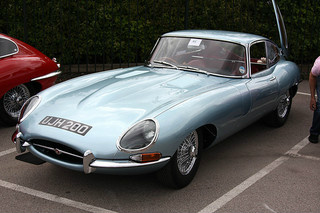
Jaguar E-Type Series 1 Image
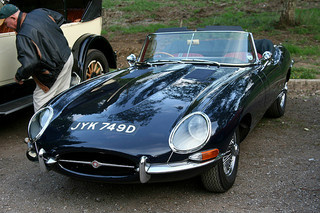
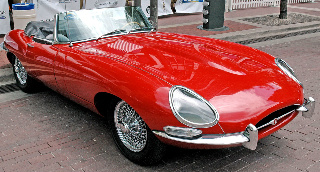
Jaguar E-Type Series 1 Image
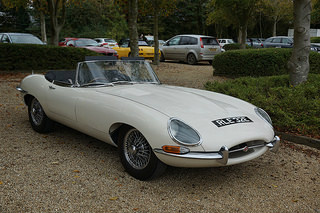
1967 Jaguar E-Type Convertible Image
Full Screen Full Screen
Full Screen Full Screen
The Series 1 Jaguar sports car could be easily recognised by the glass covered headlights, small oval aperture at the front, indicator and tail lights above the bumpers, and the exhaust appearing below the rear number plate.
It had leather covered bucket seats and 15 inch wire wheels. The earliest models had flat floor pans, and were both rare and highly sought after.
In the later versions, the floors were dished, and this provided additional leg room and more comfort. Production would be unchanged until 1964.
In October 1964, the 3.8 litre engine was replaced by a 4.2 litre unit which developed the same 265 bhp, but at a lower 5400 rpm, and 284 ft/lbs of torque (an increase of 24) at the same 4000 rpm, and still with three SU carburettors.
Top speed remained the same, but the 0-60 mph time was reduced to 6.5 secs. This variant had uprated seats, brakes and electrical systems, and sported a "Jaguar 4.2 Litre E-Type" badge on the boot.
All cars were fitted with a Powr-Lok limited-slip differential. Chrome wire wheels and a detachable hardtop for the convertible were offered as optional extras.
In 1965, an improved Moss gearbox had synchromesh on all forward gears.
In 1966, in order to broaden the appeal, it was decided to build a version of the fixed head coupe in which the wheelbase was extended, in order to add two small rear seats.
Consequently, the 2+2 fixed head coupe was introduced, with a Borg Warner three speed automatic transmission, if required.
With the body 9 inches longer, the roof 2 inches higher, and a steeper windscreen, this greatly improved the internal space.
A total of 38,414 units of the Series 1 sports car were built between 1961 and 1968, and consisted of:
Fixed Head Coupe
Convertible 2+2 Coupe Total
3.8 engine
7,670 7,828 0 15,498
4.2 engine
7,770 9,548 5598 22,916
Most sports car enthusiasts agreed that the Series 1 E-Type was the most desirable of these Jaguar cars, with the most popular being the 4.2 litre variant built between 1965 and 1967.
Jaguar for Sale
In terms of the second hand market for Jaguar cars, an example in good condition could command around $80,000, whist one in pristine condition could reach as much as $210,000.
This model must surely rank as a Jaguar cars classic.
SPORTS CARS FOR SALE
An early 1960's Jaguar E-Type Series 1 in very good condition would fetch around £75,000/$120,000, whilst an example in superb condition would command in the region of £140,000/$230,000.
.
see All My Reviews
Home › Jaguar Sports Car › Jaguar E-Type Series 1 Sports Car
Got an interesting Sports Car story to tell?
JAGUAR LINKS
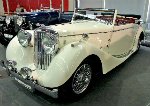
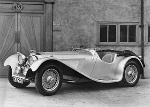
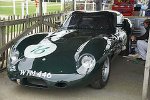

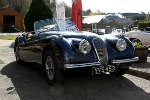
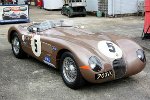
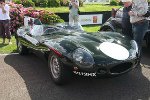
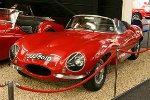
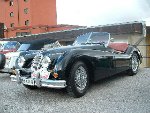
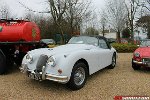

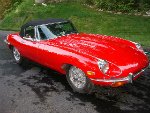

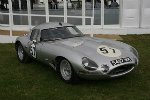
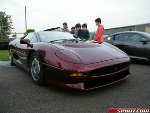
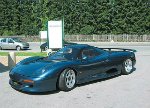
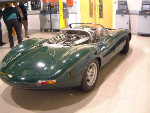
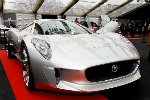
JAGUAR LINKS END





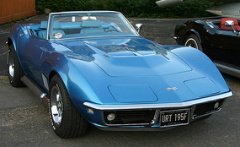
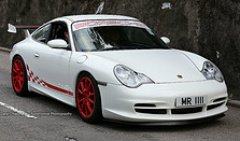
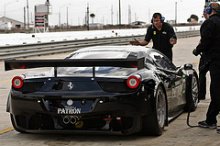
New! Comments
Have your say about what you just read! Leave me a comment in the box below.